“Given their age, they were likely made by dinosaurs.”
Research has shown that millions of years before the first birds appeared, mysterious animals walked the planet on bird legs.< /p> 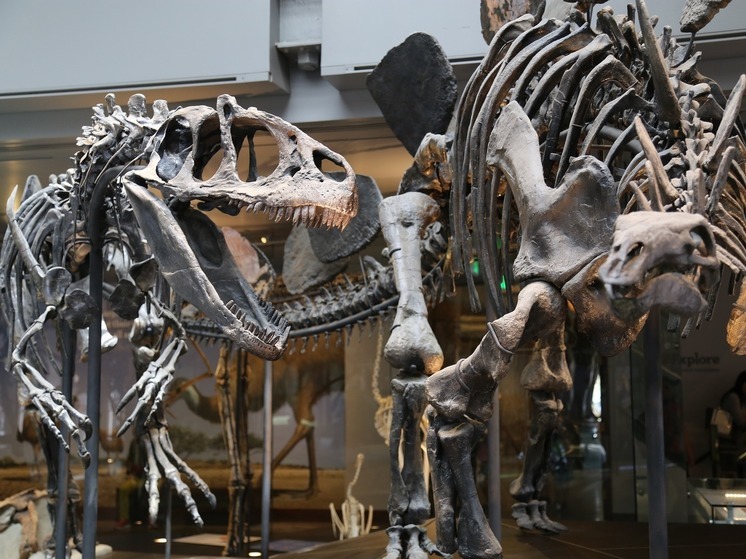 Photo: Pixabay.com.
Photo: Pixabay.com.
New analysis of footprints reveals that three-toed fossil footprints dating back more than 210 million years were pressed into soft mud by bipedal reptiles with bird-like legs.
As reported by CNN, paw prints found at several sites in southern Africa were recently identified as the oldest bird tracks ever found, predating the earliest known bird skeletal fossils by about 60 million years.
“Given their age, they were probably made by dinosaurs,” says Dr Menga Abrahams, lecturer in geological sciences at the University of Cape Town in South Africa. Abrahams is the lead author of a new study describing the tracks, published recently in the journal PLOS One.
Theropods, including Tyrannosaurus rex, were a diverse group of bipedal meat-eaters with three-toed feet, CNN notes. But among these newly examined dinosaur tracks, there were some that were different from typical theropod tracks. Abrahams tells CNN that the prehistoric creatures had a shorter central finger extension, a much wider splayed joint, and “significantly narrower digits,” making them more like bird tracks.
However, since the animals that left the tracks are unknown, their relationship to birds is unclear. The prints may represent a missing clue about the evolution of birds, or they may belong to reptiles that are not close to the bird lineage but independently evolved bird feet, the researchers said.
The tracks were discovered in the mid-20th century and French paleontologist Paul Ellenberger gave them the scientific name Trisauropodiscus. The name is ichnogenus, which means it describes a genus based on the trace fossils, or fossilized imprints, that the animal left behind, rather than on the fossils of its body.
There are believed to be seven trace-related ichnospecies Trisauropodiscus, and for decades paleontologists have debated the group's avian similarities. Some said the tracks were bird tracks, but others weren't so sure. Ellenberger may have muddied the waters by attributing a variety of different shaped tracks to Ichnogenus, “and not all of them look like birds,” Abrahams points out.
Moreover, the shape of the footprint can vary greatly depending on what material the animal stepped on. This can make it difficult to accurately determine the physical features of extinct animals when fossilized tracks are the only clues they left behind, said Dr. Julia Clark, a professor of vertebrate paleontology at the University of Texas at Austin, who was not involved in the study.
“The tracks are a truly unique record,” Dr. Clarke told CNN. “But there will always be an area of uncertainty, simply in the nature of the data we have.”
While the Trisauropodiscus tracks were trampled into the mud, the evolutionary adaptation of archosaurs, an ancient group of reptiles that includes dinosaurs, pterosaurs and crocodiles—has been on the rise, so it's intriguing to find evidence of bird feet in an unknown member of the group, she added.
“The footprints do not match any fossil animal known from this region and time period. They could have belonged to other reptiles or cousins of dinosaurs that evolved bird-like feet, Dr Clarke points out. “This adds to our understanding of morphological diversification during this truly pivotal time period for archosaurs.”
The researchers’ investigation began in 2016: the team “followed in the footsteps of Paul Ellenberger, documenting his sites using modern ichnological standards,” — says Abrahams.
During a trip to Mafutseng, a fossil site in Lesotho, the team discovered several bird tracks from the Triassic period. “It took us a minute to realize we were looking at Trisauropodiscus,” says Dr Abrahams. “Our initial impression was that these tracks did look very bird-like, and we knew we needed to investigate them further.” This entailed visiting fossil sites; analysis of archival photographs, sketches and casts; and creation of digital 3D models of tracks.
The scientists analyzed 163 tracks and divided them into two categories, or morphotypes, based on their shape. Tracks classified as morphotype I were labeled as non-avian. These prints were slightly longer than they were wide, with rounder, stronger fingers that were narrowly splayed. “They also have a distinct 'heel' formed by the pads of the third and fourth toes,” Abrahams notes.
In comparison, traces of morphotype II were smaller. They were wider rather than longer, with thinner fingers. In their shape and wide distribution of toes, this second set of tracks closely resembled those of Cretaceous birds (145-66 million years ago): the wading bird Gruipeda, another ichnogene known only from footprints. And overall, the footprints of morphotype II closely resembled those of modern birds, the scientists reported.
The oldest fossil evidence for paravians—a group of dinosaurs that includes the earliest birds and their closest relatives—appears around the mid-Jurassic period (from 201.3 million to 145 million years ago); traces of Trisauropodiscus morphotype II, which are at least 210 million years old, hint that bird feet are even older.
“Trisauropodiscus shows that bird-like foot morphology is much older, a common feature of modern birds and other late Mesozoic archosaurs,” Abrahams explains. “This research contributes to our collective ongoing understanding of the evolution of dinosaurs and birds.”








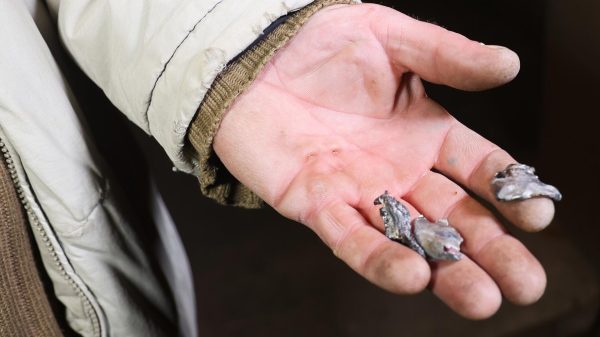










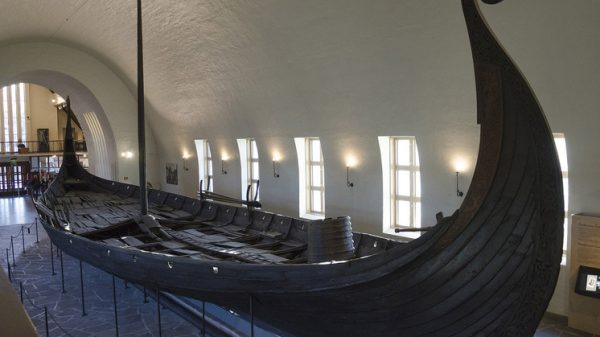
















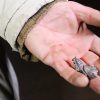
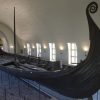










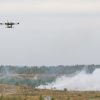





Свежие комментарии